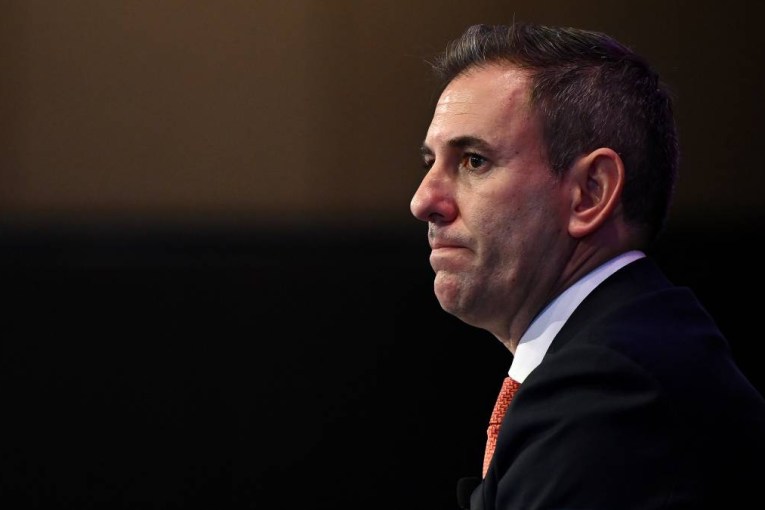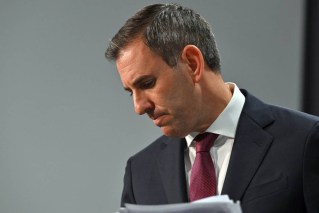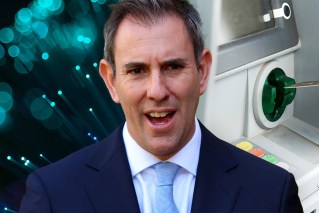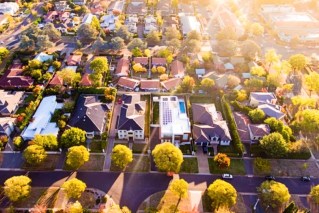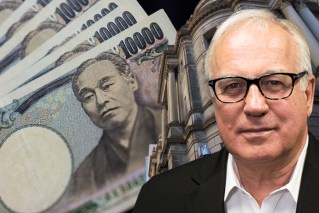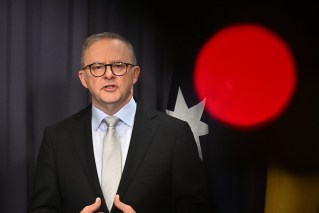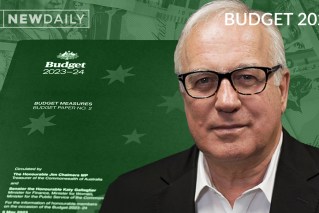Unions warn huge chunk of casual workforce could miss out on coronavirus wage subsidy

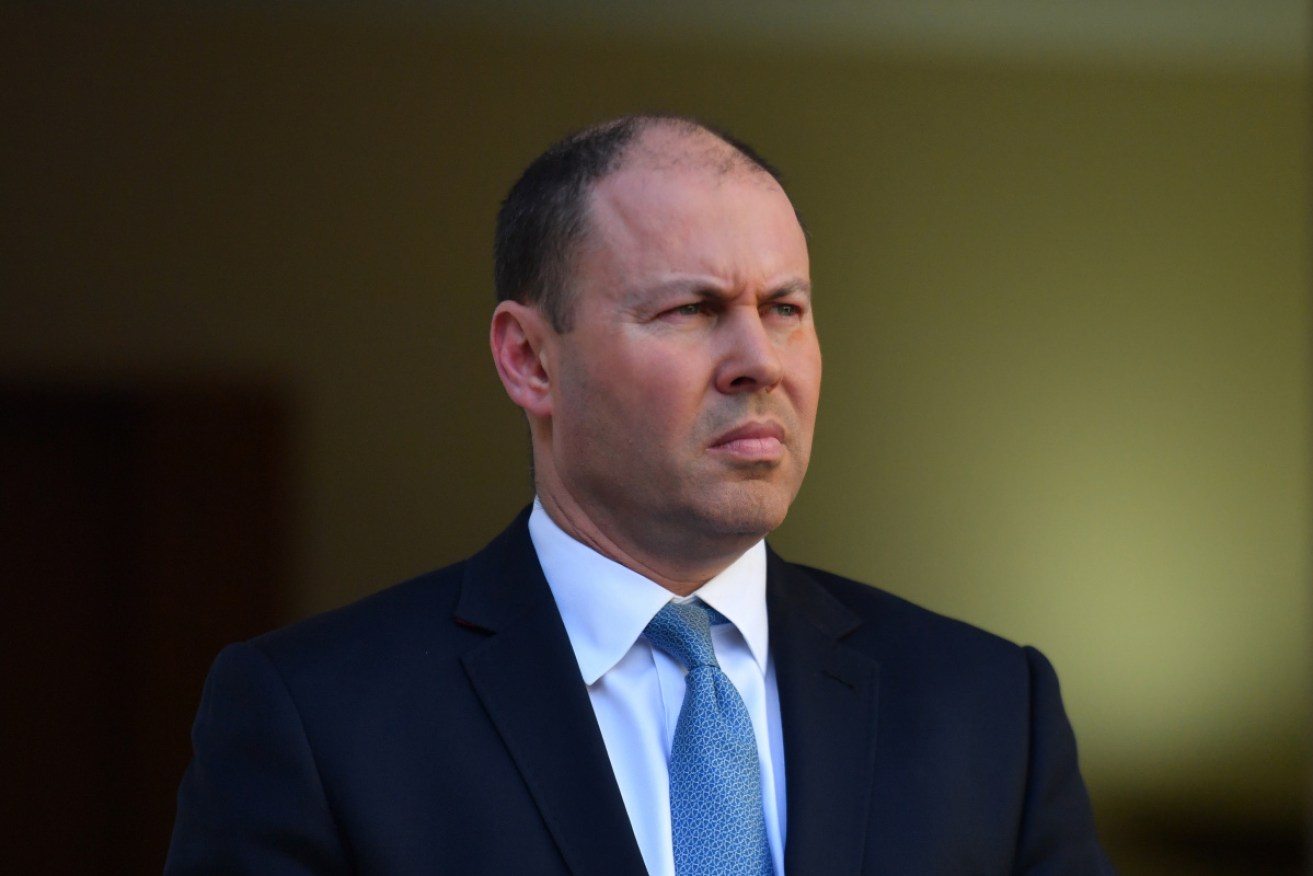
Treasurer Josh Frydenberg revealed the details of the subsidy on Monday. Photo: AAP
Unions and business groups have welcomed the government’s plan to pay struggling companies a wage subsidy of $1500 a fortnight for every worker they keep on their books.
But advocates fear that many workers will slip through the net.
As part of an economic rescue package totalling $130 billion, Prime Minister Scott Morrison announced the new “JobKeeper” payment during a press conference outside Parliament House on Monday.
Workers who face the prospect of unemployment as a result of the coronavirus – or who lost their jobs after March 1 – should ask their employer to consider applying for the fortnightly subsidy via the Australian Taxation Office (ATO).
The ATO will pay the money to eligible businesses, which will be legally obliged to pass the full subsidy on to workers.
It will be paid to roughly six million Australians, with employer eligibility based on the size of the company and the amount of trade it has lost thanks to COVID-19. (More details here.)
Full-time and part-time employees, including stood-down employees, will be eligible for the payment.
As will casual workers who have been with their employer for at least 12 months.
The first payments will arrive in the first week of May.
Tweet from @TheKouk
Mr Morrison said the aim of the scheme is to protect as many jobs as possible so that the economy can bounce back once the virus is contained.
“We want to keep the engine of our economy running through this crisis. It may run on idle for a time, but it must continue to run,” he told reporters on Monday.
“Our plan will see our businesses, large and small, right across our entire economy share the load with our welfare system to deliver these important income supports.”
During the same press conference, Treasurer Josh Frydenberg said the new payment would “give working Australians their best chance of keeping the job and keeping them connected to their employers”.
At a flat rate of $1500 a fortnight, the JobKeeper payment in many instances will be much lower than the 80 per cent subsidy the Australian Financial Review had suggested might be on the cards.
Tweet from @sallymcmanus
But Mr Frydenberg said it amounted to 70 per cent of the national median wage and “about 100 per cent of the median wage in those sectors most heavily impacted by the coronavirus, [such as] retail, hospitality and tourism”.
The wage subsidy could also mean a pay rise for casual employees who worked a limited number of hours in the lead up to the crisis.
It comes after the government effectively doubled the unemployment benefit (JobSeeker) as part of a second stimulus package worth $66 billion.
Some workers could miss out
Gerard Dwyer, the national president of the Shop, Distributive and Allied Employees Association (SDA) union – which looks after retail, fast food and warehousing workers – said the subsidy would help tens of thousands of retail and fast food workers keep their jobs.
But he urged the government to make the payment available to all casual workers who had lost work because of COVID-19, as well as Australia’s 1.7 million visa workers.
He also warned that delaying the first payment until the first week of May would result in “more workers stood down and more businesses folding than would be the case if payment began more rapidly”.
Meanwhile, Australian Council of Trade Unions secretary Sally McManus welcomed the announcement but said it should be expanded to all casual workers and lifted to $1375 a week.
And Innes Willox, chief executive of the nation’s peak industry association Ai Group, said the “well-targeted” stimulus would “boost the employment prospects of many Australians”.
Tweet from @ABCthedrum
Spending ‘swamps’ GFC stimulus
AMP Capital chief economist Shane Oliver said the subsidy, which took the combined value of the federal and state government stimulus packages to roughly $200 billion, or 10 per cent of GDP, wouldn’t prevent a recession but would minimise the number of business closures.
“It won’t stop the virus and it won’t boost spending when people are locked up inside such that they can’t spend as they usually do,” he said.
“But it will help protect the economy from collateral damage by minimising business failures and household defaults, and it will help the economy bounce back when the time comes to emerge from ‘hibernation’.”
Dr Oliver said the size of the stimulus would “swamp that seen at the time of the GFC”.
Tweet from @ShaneOliverAMP
“This is necessary given that the threat to economic activity is bigger than anything seen in the whole post World War II period with a potential hit to June quarter GDP of 10 per cent or so,” he said.
“More stimulus may still be needed, including as the focus eventually moves from protecting the economy to boosting a recovery once the virus is brought under control.
“This may take the form of direct cash handouts to Australian households.”
Not the last stimulus package
Meanwhile, Indeed APAC economist Callam Pickering welcomed the announcement but said the size of the economic shock meant the government would need to support the economy for years to come.
“Because history suggests that when you do have a recession – when you have that big fall in economic activity and the unemployment rate rises a lot – it takes a long time for the economy to get back to where it was,” Mr Pickering told The New Daily.
“We’re obviously still going to see a big spike in the unemployment rate – it’s just a question of how high it gets to.
“And I think perhaps just as important is where does the unemployment rate settle once the dust clears and the economy is allowed to bounce back and businesses can start operating again?
“Because that is the level that’s really going to determine what our economic experience is like for the next five or 10 years … that’s how long it took to recover from our last two recessions.”
